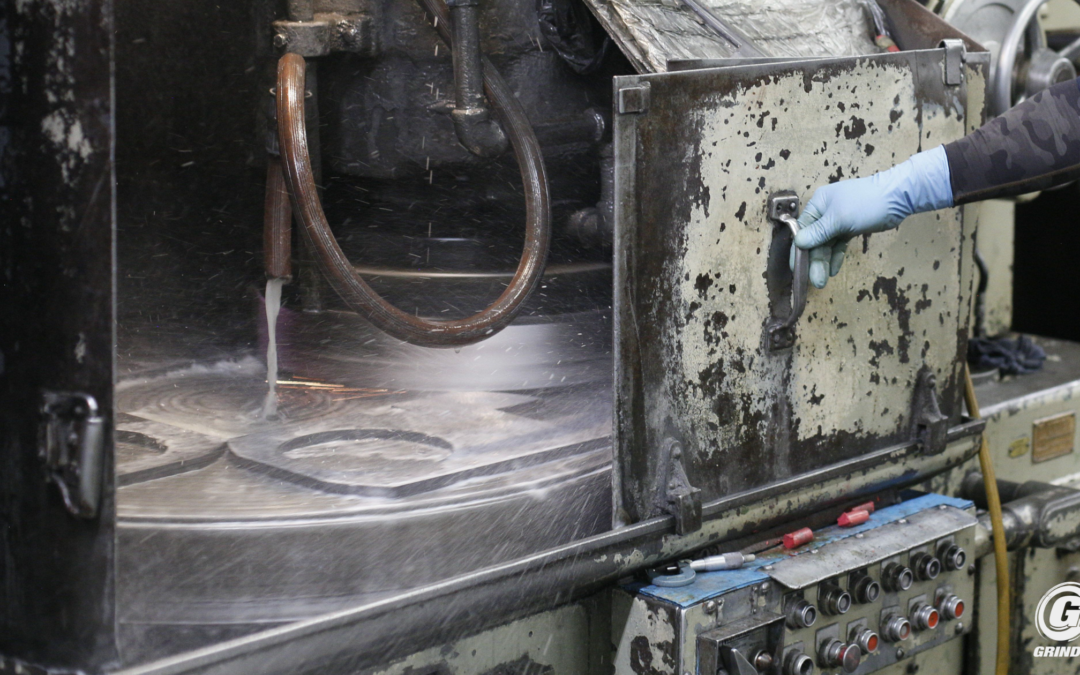Are you struggling with inconsistent machining results or increased tool wear? The concentration of coolant used in your manufacturing processes might be to blame. Inaccurate coolant concentration can lead to reduced performance and efficiency, impacting both product quality and operational costs. It is important to maximize manufacturing efficiency with refractometer usage.
At Grind Lap, we specialize in precision tools and techniques to enhance manufacturing processes. With extensive experience in the field, we provide insights into optimizing your operations with the right equipment. Our expertise includes leveraging advanced instruments like refractometers to ensure your manufacturing processes are running at peak efficiency.
In this article, you’ll learn about the essential role of refractometers in manufacturing, how they work, and their benefits for measuring coolant concentration. We’ll guide you through the usage process and explain how maintaining optimal coolant levels can improve your machining accuracy and overall productivity.
Refractometer Usage in Manufacturing
Refractometers are instruments designed to measure the refractive index of a liquid sample. We achieve this by measuring how light bends as it passes through the sample and calculating the refractive index from this data. In manufacturing, refractometers are commonly employed to gauge the concentration of liquid solutions, such as coolant used in machining processes.
How Refractometers Work
- Sample Placement:
- A small amount of the liquid sample is placed on the prism of the refractometer.
- Light Measurement:
- The prism is exposed to a light source. The refractometer measures the angle at which the light bends as it passes through the sample.
- Refractive Index Calculation:
- The measured angle is used to calculate the refractive index of the sample, providing insights into its concentration.
Applications in Manufacturing
Coolant Concentration:
- Refractometers are especially useful for measuring the concentration of coolant in machining processes. Coolant plays a crucial role in cooling and lubricating both the cutting tool and the workpiece.
Impact of Concentration:
- Too Low: Insufficient cooling and lubrication, leading to increased tool wear and reduced machining accuracy.
- Too High: Excessive viscosity, which can cause poor flow, clogs, and operational issues.
By accurately measuring coolant concentration with a refractometer, manufacturers can ensure that the coolant remains within the optimal range for their specific machining processes. This ensures consistent performance, accuracy, and efficiency while minimizing the risk of tool wear and other related issues.
Benefits of Using Refractometers
- Fast and Accurate Measurement: Provides quick, precise, and non-destructive concentration readings.
- Process Optimization: Helps maintain coolant within the ideal range, improving machining outcomes.
- Enhanced Efficiency: Reduces the risk of equipment issues and tool wear, leading to better overall productivity.
Conclusion to Maximizing Manufacturing Efficiency with Refractometer Usage
Refractometers are indispensable tools in the manufacturing industry, offering a reliable method for measuring the concentration of liquid solutions like coolants. By incorporating refractometers into your manufacturing processes, you can ensure optimal coolant levels, enhance machining accuracy, and improve overall operational efficiency. For more information on optimizing your manufacturing processes, visit our Grind Lap services page.


Recent Comments